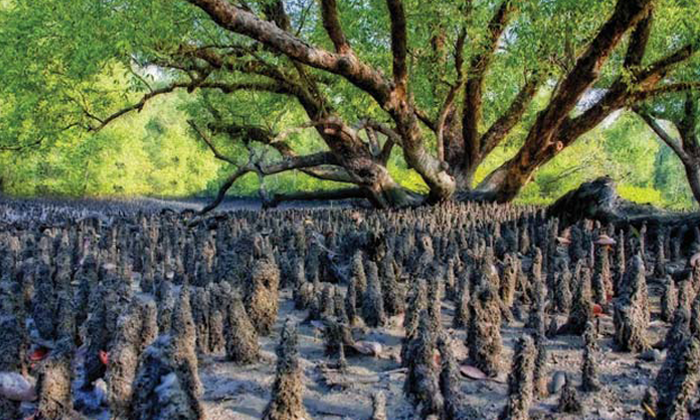There is a new urgency in India’s attitude towards climate change. But not enough is being done in terms of implementation. Rohit Roy suggests these public displays of concern are just for preening India’s international image.
Last month India hosted the fourth Clean Energy Ministerial in New Delhi. In between the usual pomp and empty sound bites were a set of clean energy policies which, although had the potential to be relegated to the many big talking scantily implemented policies of the past, nonetheless struck a chord of urgency – indicating a shift in mind set in the region. I mention the region, because China too has recently indicated strongly worded commitments to clean energy drives. At the Ministerial, India pledged a doubling of its renewable energy capacity by 2017.
Climate change affects people and natural resources alike, not only in the specific indigenous dependence capacity, or as harming the international mosaic but also (as these reasons do not seem to be powerful enough to motivate policy makers and those holding the trade reins) for the national economy. The effects of climate change can be felt on agriculture, tourism and industries dependant on natural resources – all extremely important contributors to our economy.
India is particularly threatened by climate change because of its geography. The Himalayas with their potential for melting glaciers, low lying coastal areas, and monsoon dependent agriculture make the subcontinent dangerously susceptible to climate change. Coastal fishing communities are also potentially affected. In terms of tourism, tourist draws such as Himalayan towns, coastal cities in the peninsula, the Andaman and Nicobar as well as the Lakshwadeep islands, and ecological draws such as the Raan of Kutch and the Sundarbans are all vulnerable to either melting ice caps or rising sea levels. Either way, climate change is a cultural, ecological and financial threat to the country and one that needs to be addressed urgently.
One way of partially mitigating the effects of climate change in India is to efficiently implement the government’s National Action Plan for Climate Change (NAPCC). The NAPCC was published in 2008 and addresses climate change action through eight ‘national missions’ (see: NAPCC: http://www.civilsdaily.com/story/napcc-indias-national-action-plan-on-climate-change/) including one exclusively for safeguarding the Himalayan ecosystem and another mission plan on agriculture.
An independent report in 2012, jointly conducted by the Centre for Development Finance and IIT Madras gave a lukewarm evaluation to the NAPCC. They were sceptical of the ambiguity in several parts of the NAPCC and criticised the lack of interconnectivity between the different missions. However, the most damning and worrying aspect in the report was the fact that they refused to address the issue of implementation because there simply had not been enough of it.
Clearly this is indicative of another failing policy mission burdened with government apathy. One can almost picture the Prime Minister’s declarations at the Clean Energy Ministerial heading down this much trodden, pothole ridden path. The fact of the matter is subject areas such as climate change, sustainability etc. are merely convenient sound bites for an international audience, meant to be given a dusting once in a while only to be shelved back into the cupboard of inefficiency and maladministration.
In the meantime, we are losing islands in the Sunderbans, our monsoons are becoming increasingly erratic by the year, and the Himalayan ice caps are beginning to melt. The prospect of a massive influx of environmental refugees looms over our heads (many in the Sunderbans have already been displaced). With endemic poverty and a burgeoning refugee populations, we have a ticking time bomb in our hands.














